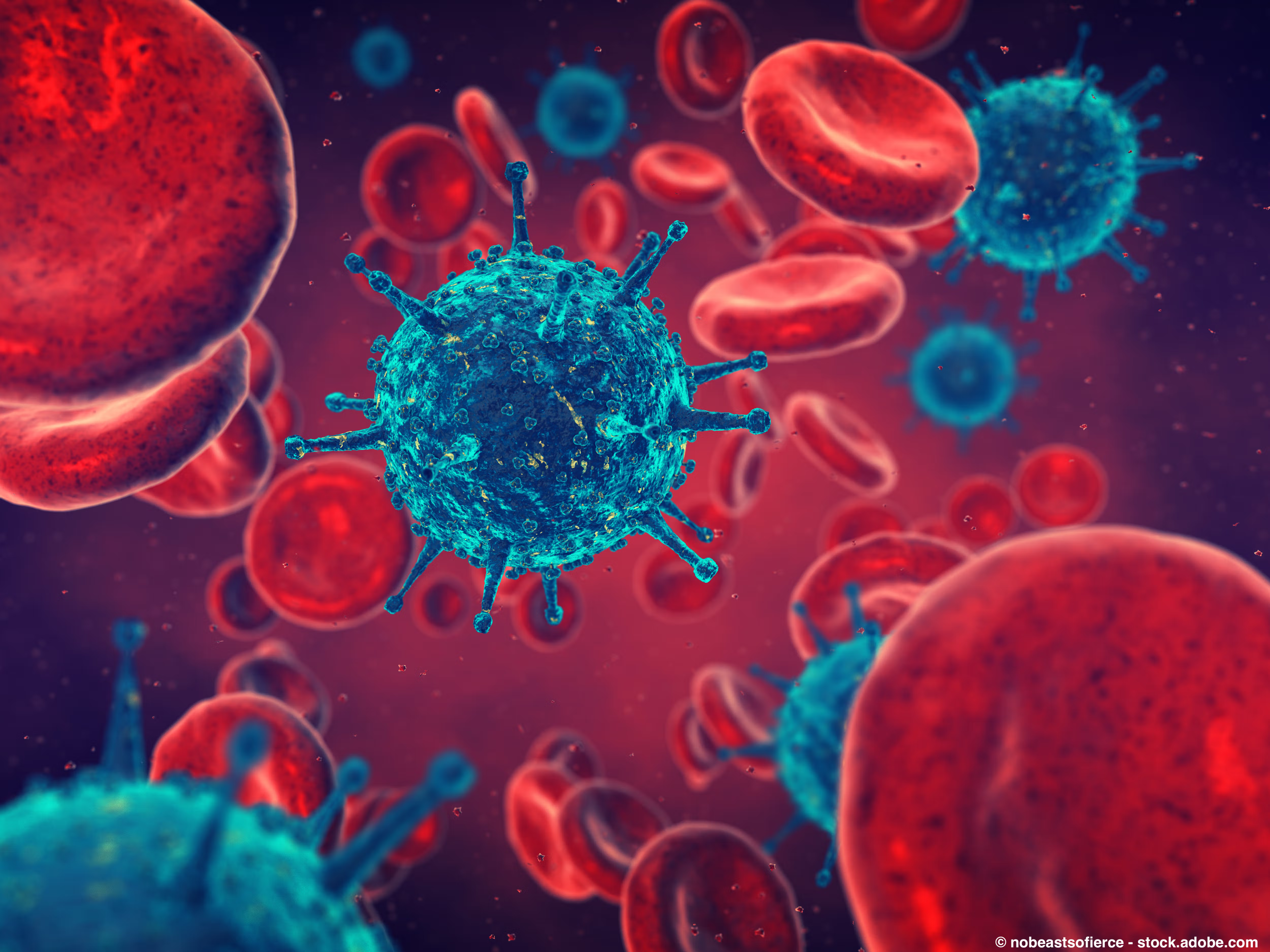Article
Cancer Survivors Can Beat Lingering Side Effects With Physical Therapy
Author(s):
A physical therapist and testicular cancer survivor shares the health benefits of rehabilitation after cancer.
When Scott Capozza received a stage 2 testicular cancer diagnosis during his last year of physical therapy school, he underwent surgery and two rounds of chemotherapy, then wanted to put cancer behind him for good.
He worked as a physical therapist in school systems and outpatient settings for years, until he learned about the “obligation of the cured,” which is a concept that cancer survivors should pay it forward. “We go through these treatments and we are still here, so we need to embrace that and do something with it,” Capozza said in an interview with CURE®.
At a fundraising event for an adult cancer survivorship clinic, Capozza ended up striking a conversation with a man who turned out to be the medical oncologist who was leading the charge behind this clinic. That connection and “good timing” led to Capozza accepting a position as a physical therapist at the clinic at Yale Cancer Center in New Haven, Connecticut.
Over the past 20 years, Capozza has seen firsthand the benefits of physical therapy, such as managing survivor pain, peripheral neuropathy, lymphedema and fatigue, as well as improving cardiovascular, metabolic and immune function.
“One of the most common things we hear is people are worried their cancer will come back,” Capozza said. “They want to know how they can live a healthy lifestyle to prevent it from coming back. Through physical activity and exercise, we can meet the patient where they are and help them meet their goals going forward.”
Research has shown that physical activity can improve survival, especially in people with breast and colorectal cancer. Studies have also demonstrated its benefit to not only the physical side effects of cancer but also the psychosocial aspects such as overall improvement of quality of life.
Rehabilitation can help survivors at any point, Capozza explained. Prehabilitation is a newer idea that uses strength training and exercise to help patients get as strong as possible, which can hopefully help them recover faster from surgery and treatment. “With a cancer diagnosis, if you feel like your life is spinning out of control, this is one thing that you can have control over,” Capozza said. “I have some sort of stake in my health right now by doing strengthening and exercises.”
Survivors can look for certain signs that rehabilitation may be right for them. These include feeling weaker or more tired than when they were first diagnosed, having difficulty talking or swallowing, experiencing pain that is not caused by cancer, having muscular or orthopedic problems and struggling with memory problems or having difficulty concentrating, according to Livestrong.
Physical therapists offer individualized exercise programs that combine range-of-motion training with light resistance exercises. If one is not at the cancer clinic for a survivor to speak with, they should search for one who is local to them and oncology certified, Capozza advised.
“I was treated 20 years ago, and at that time exercise and rehabilitation was more or less contraindicated for patients with cancer,” Capozza said. “The old conventional thinking was to not move and conserve energy. But not we realize the more someone can move, the better they are going to feel and they may actually be able to tolerate their treatment better.”




